Contributors: Kristine Anderson, Cassie Caylor, Tanya Caylor, Rosemary Freedman, Linda Reising, Christina Simmons, Katie Simmons, Jessica Thompson Kathleen Yeadon (Rosemary and Kathleen were
part of the July 22 workshop also)
The Prairie Dock
after Mary Oliver
Come with me
through a yellow canyon
of prairie dock, their faces
bee magnets
or vagabond stars
urging us on
to hide and seek
in an ocean of yellow.
They show us courtesy,
blooming in late August
announcing, or rather
chiming, the fall. They
whisper in passing
how small we are. They are
The celebrities of the prairie,
waving like sails catching
the wind. But wait--
their leaves cling like ballast
close to the ground. Come,
grasp those leaves, rough
like the hands of farmwives.
August Gold
"What a quantity of gold
there is in a marsh........"
-Gene Stratton-Porter
There's gold
in the petite bells
of partridge peas,
in how they line-up
along the stem, good
soldiers at attention
There's gold
in evening primrose,
gold as in slow churned butter
and pressing your lips
to the first peach
of the season
There's gold in tickseed
ready for the pounce
and in rudbeckia's
black and yellow-winged
butterflies
There's gold
in cottonwood leaves,
yellow hearts
pasted over green
Gold in prairie dock,
a thousand stars
anchored to the earth,
reaching for the blue
There's gold
in the goldenrod, or so
Thomas Edison believed,
making rubber tires
for Henry Ford's car
The pictures were taken by Shari Wagner.

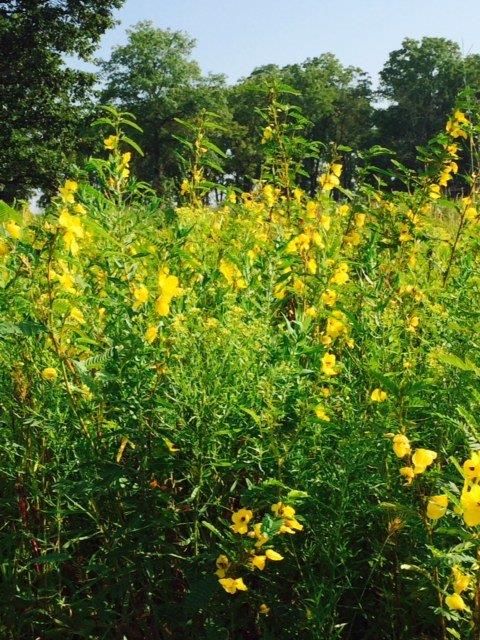
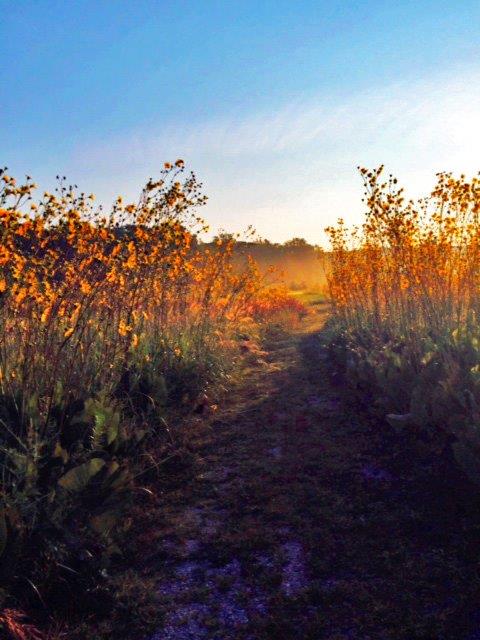

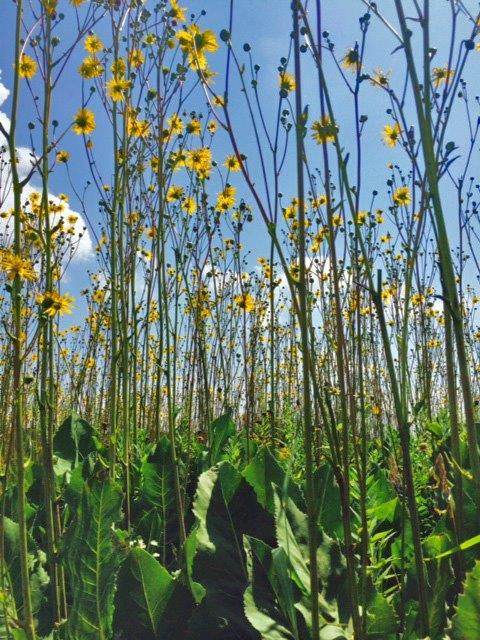

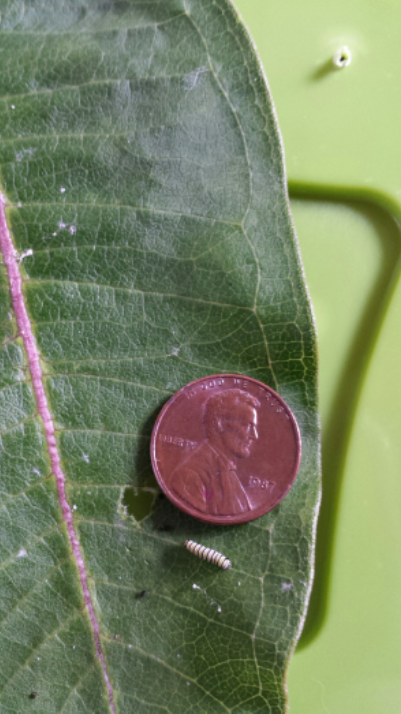
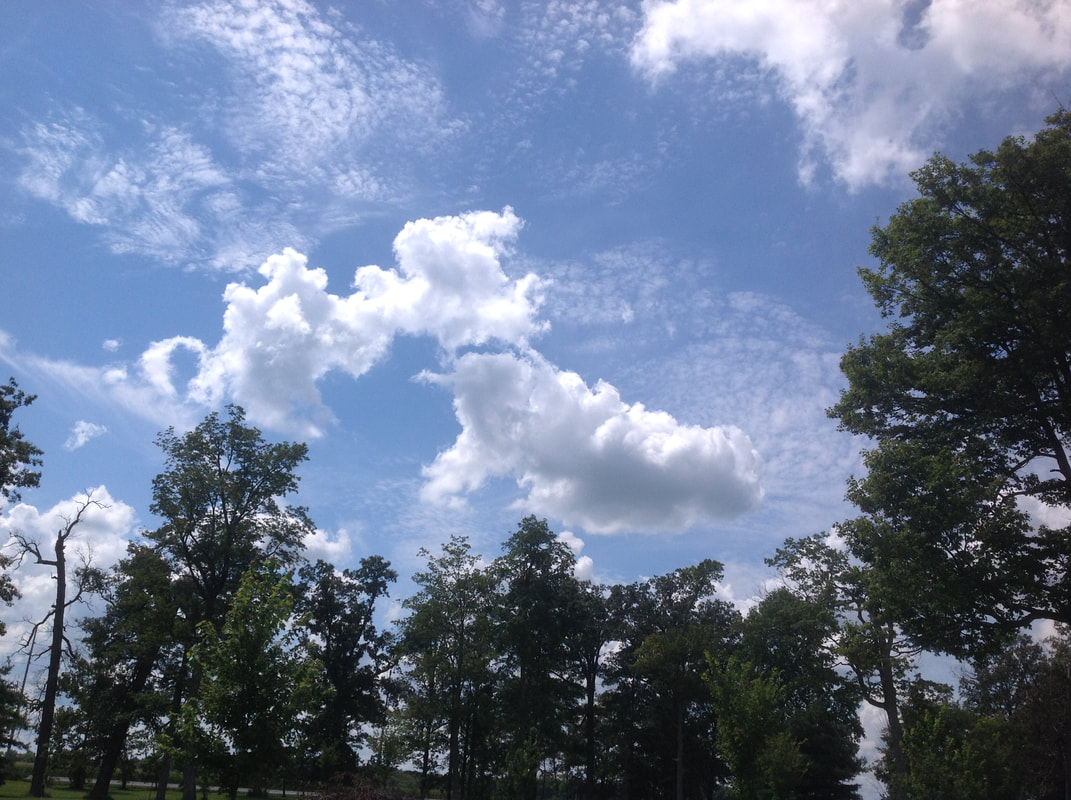
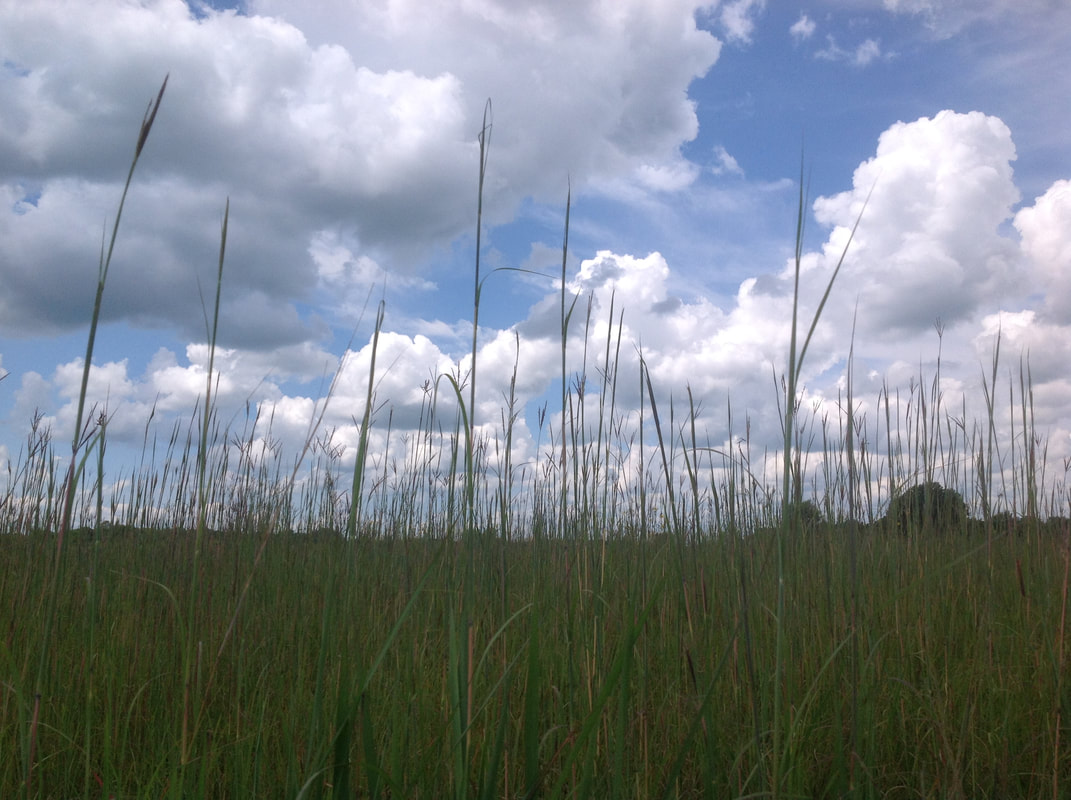
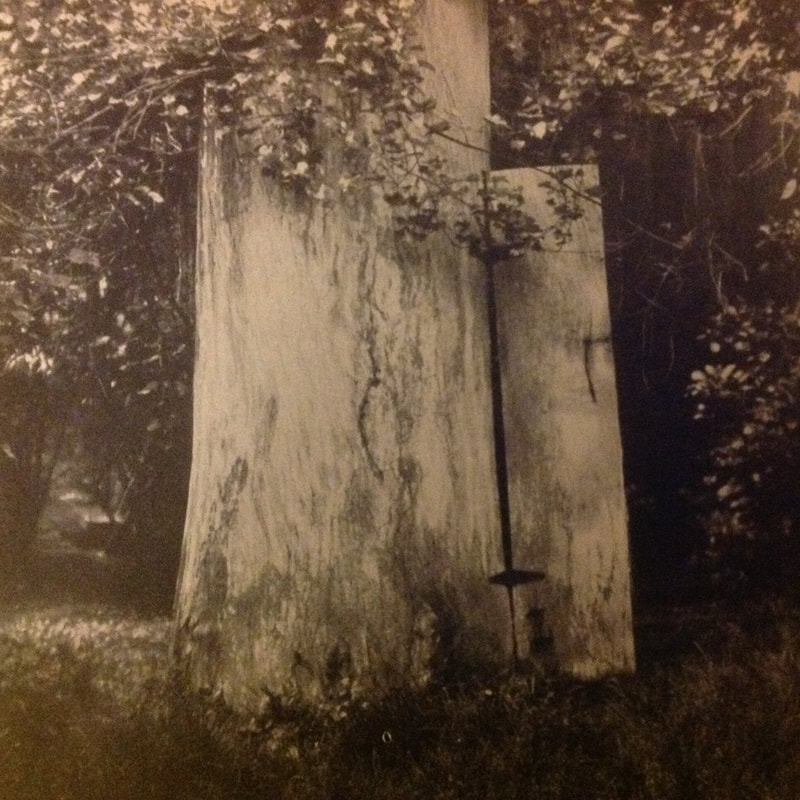
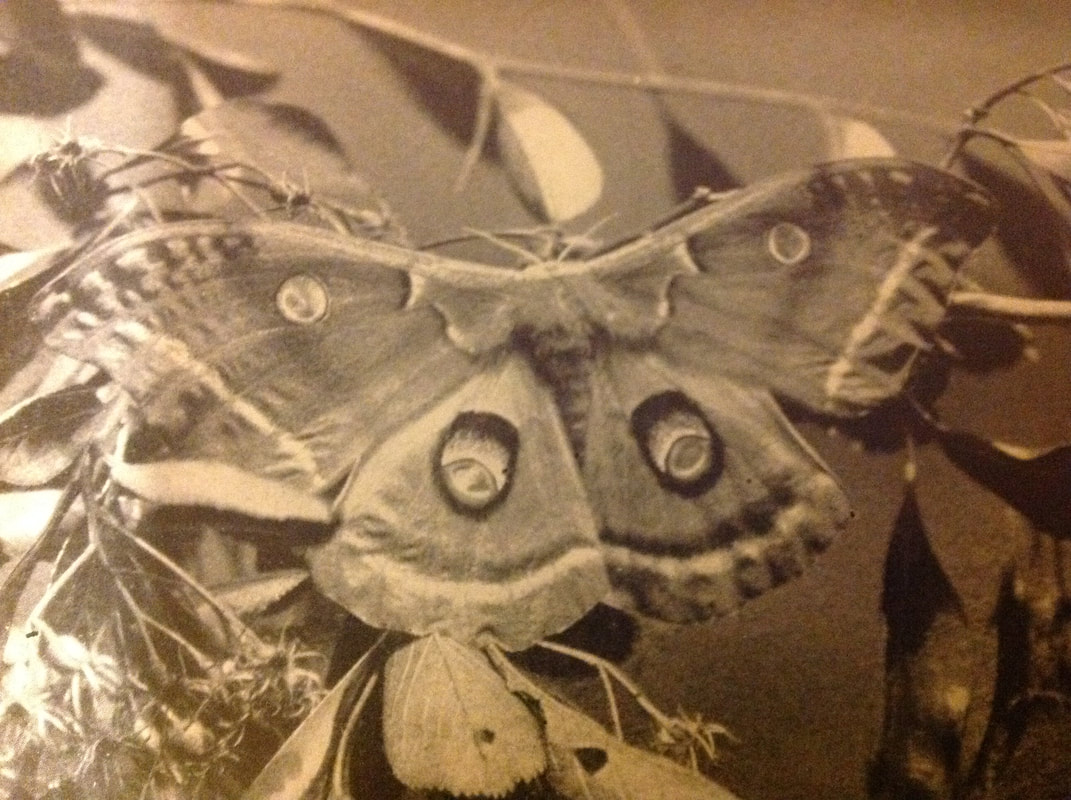
 RSS Feed
RSS Feed
